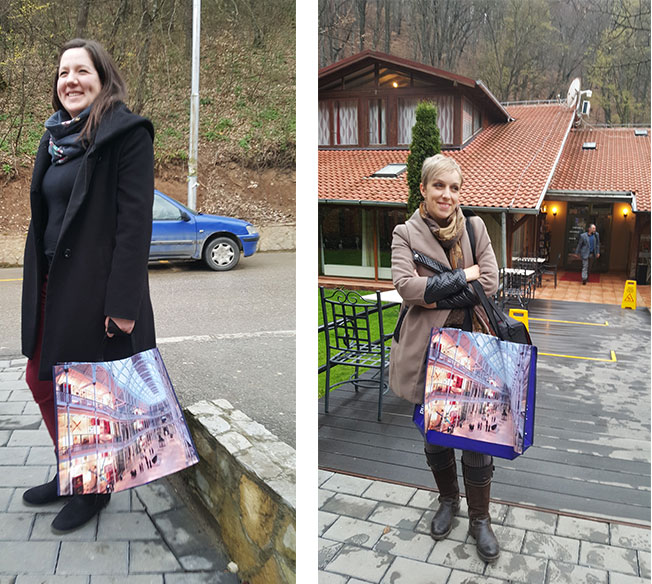When Head of Learning and Programmes, Stephen Allen, asked if I could take part in a skills-sharing series of workshops in Prishtina, Kosovo, I jumped at the chance! An opportunity to hear about the amazing work that colleagues across the Balkans are doing and to talk about the youth engagement work that we have been doing at National Museums Scotland.
I had never previously visited the Balkans and had very little idea what to expect from Kosovo. Research quickly turned up some interesting facts: it’s the ‘youngest’ state in Southeastern Europe, having declared independence from Serbia in February 2008 as the Republic of Kosovo, and, with a population of just under 2 million, it’s also one of the smallest.
Moving Museums is a project supported by the British Council, exploring how best to create a dialogue between young people and their museums. Museums in the Western Balkans currently struggle to attract the 18-24 age group. Conventional approaches to curating and staging exhibitions have failed to engage them and museums are increasingly seen as being irrelevant. As a result, a whole generation of future leaders face growing up detached from their heritage.
The four-day workshop, from 20-24 March, on Audience Development/Working with Young People was developed and led by Bill Griffiths, Head of Programmes at Tyne & Wear Archives & Museums, with the British Council in London, Serbia and Kosovo. I presented case studies from a range of National Museums Scotland’s Community Engagement projects, specifically focusing on our youth work, Scotland Creates: A Sense of Place and our current Young Demonstrators programme. The British Council were keen that I share our Scotland Creates Youth Toolkit with participants and are considering having this translated for participants. The ten participants were drawn from partner museums across the Balkans (Albania, Bosnia-Herzegovina, Kosovo, Macedonia, Serbia and Montenegro) and a representative from the Balkan Museums Network. We met each day at the National Park “Germia” just outside the city of Prishtina, and worked through a series of exercises and tasks to support each participant in creating their own audience development plan and project.
It quickly became apparent that our colleagues are already all doing excellent work, often on extremely tight budgets and with very limited resources but boundless energy, enthusiasm and creativity. They were equally impressed with examples of youth and community engagement work from the UK and were keen to assimilate some of our experiences into their plans. I think it’s safe to see we will see a version of our highly successful Magic Carpet being rolled out in Prishtina.
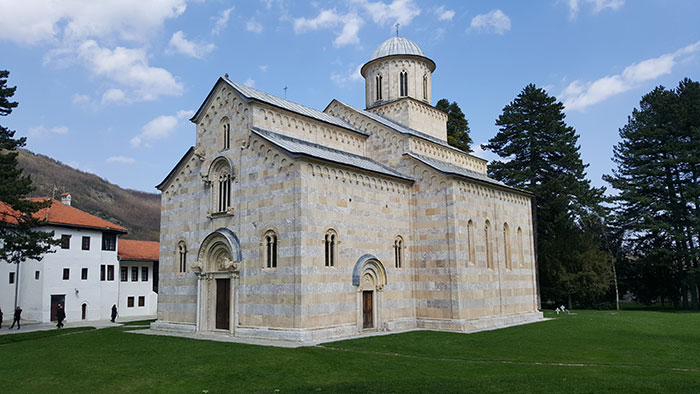
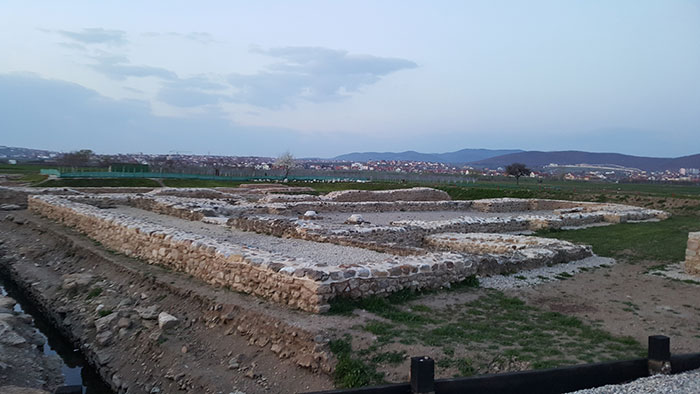
Our first day was spent touring some of the cultural and heritage sites around Kosovo, including Peje (Peja) Monastery, Decan/Visoki Decani Monastery and the massive Roman ruins of the city of Ulpiana. I was overwhelmed by the hospitality of our hosts, the National Museum of Kosovo and the British Council (Kosovo and Serbia). As a vegetarian, I had been a bit apprehensive about the food I would encounter on the visit, but I need not have worried, there was an abundance of fresh salads, peppers, tomatoes and cheeses – and that was just the entrée!
We also had time to enjoy the fantastic outreach work delivered by the National Museum of Kosovo, using an adapted bus that can transport school groups to key locations for a series of workshop sessions. I was really excited to see this – we have delivered outreach across Scotland using large-scale touring resources and a transit van (Discovery on the Move), smaller exhibits that fit in a car (Museum on the Move) and even smaller boxes that can be sent by courier (Museum2Go) – but this was something else again! Moving real museum objects and audience is quite ambitious.
The bus can accommodate a class, picking them up from school and taking them to a location for delivery of the session. Here are some of the activities being delivered at National Park “Germia” – young people engaged in art activities, staff running object handling sessions:

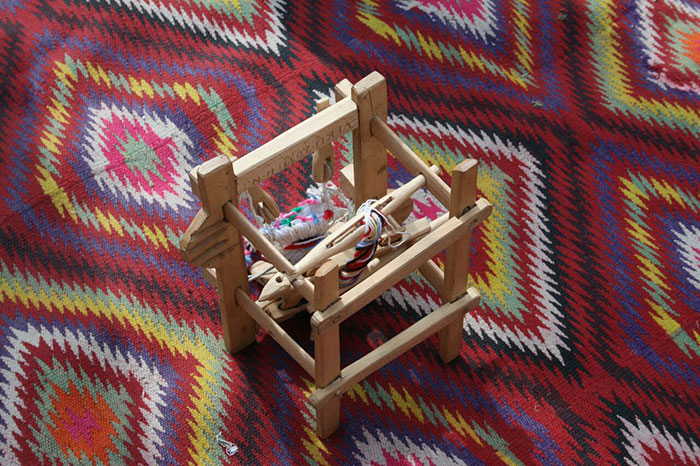
And here, my favourite images, showing the Director of the National Museum of Kosovo, Skender Boshtrakaj, demonstrating how to assemble and use archaeological dig boxes that he designed:
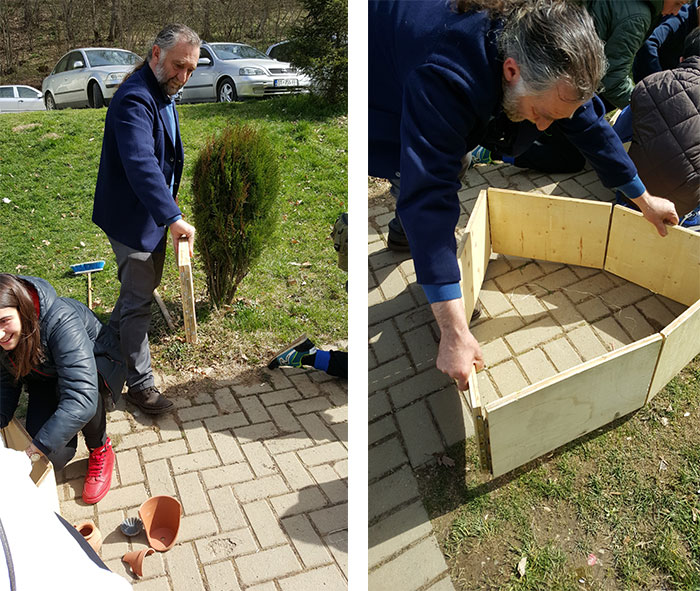

The National Museum of Kosovo is due to re-open later in 2016, in a former army barracks building, and we got a sneak preview of the new interior of the building, complete with an amazing School of Mosaics room, being used by local school children to explore this fantastic collection of Roman mosaics.

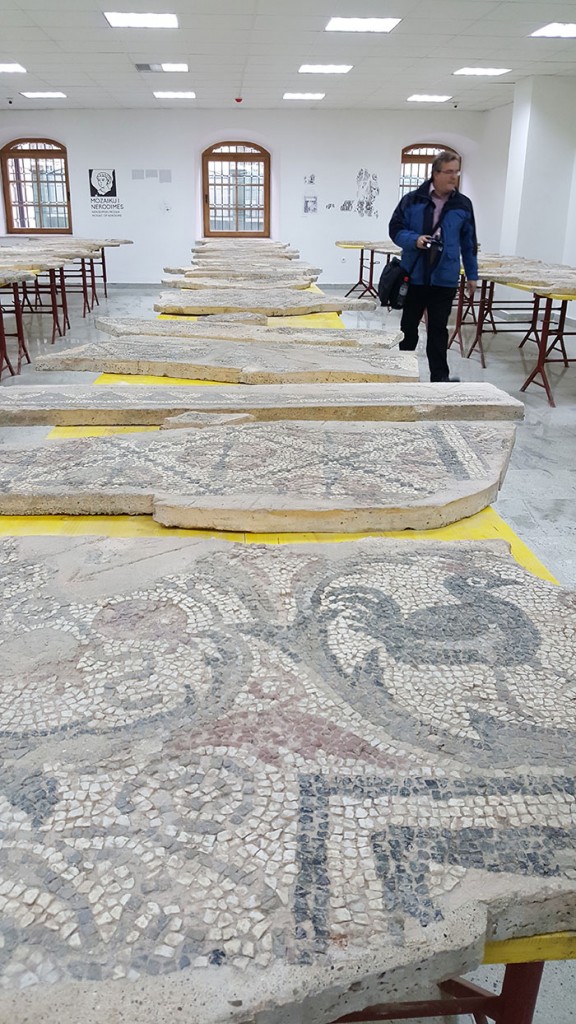
At the end of the four days, the group had bonded together as a cohort, ready to share their ideas for developing youth audiences and to work together as a network, over the next 2-3 years.
I was impressed by how much colleagues across the Balkans are already doing to engage with young people and other audiences. The National Museum of Kosovo had worked with visually impaired people to create a small exhibition of clay models inspired by objects from the national collections. This was displayed with Braille labels and tactile images of the objects and a special floor ‘trail’ with raised segments to indicate where to stop and find the Braille information.
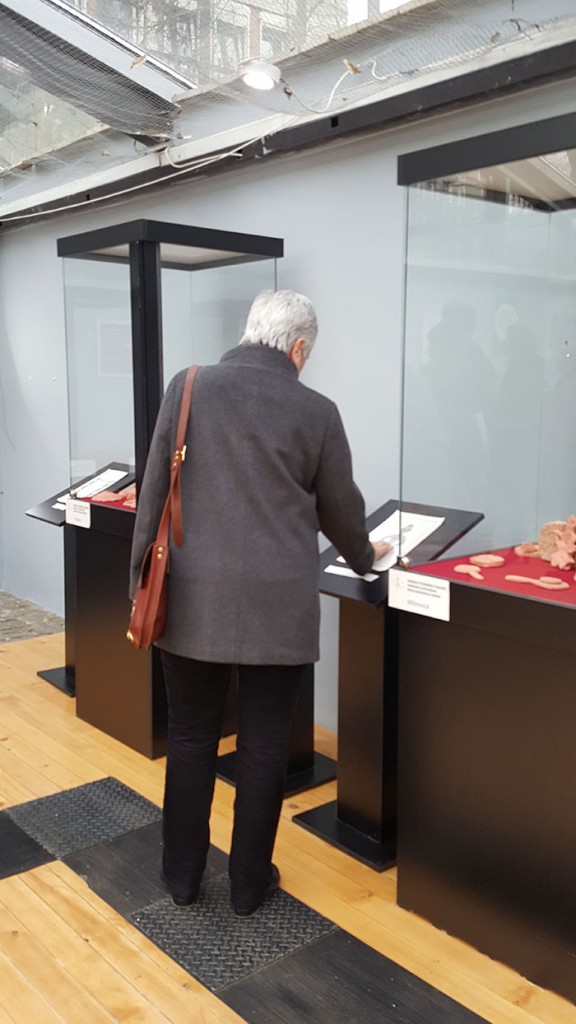
The British Council are continuing to seek funding to support further training and networking opportunities for Moving Museums and have set a date for meeting up again in June 2016. I will be watching and following closely their developing plans and I’m delighted that my gift of National Museums Scotland-branded bags was much appreciated and will spread the word about our museums across the Balkans.
